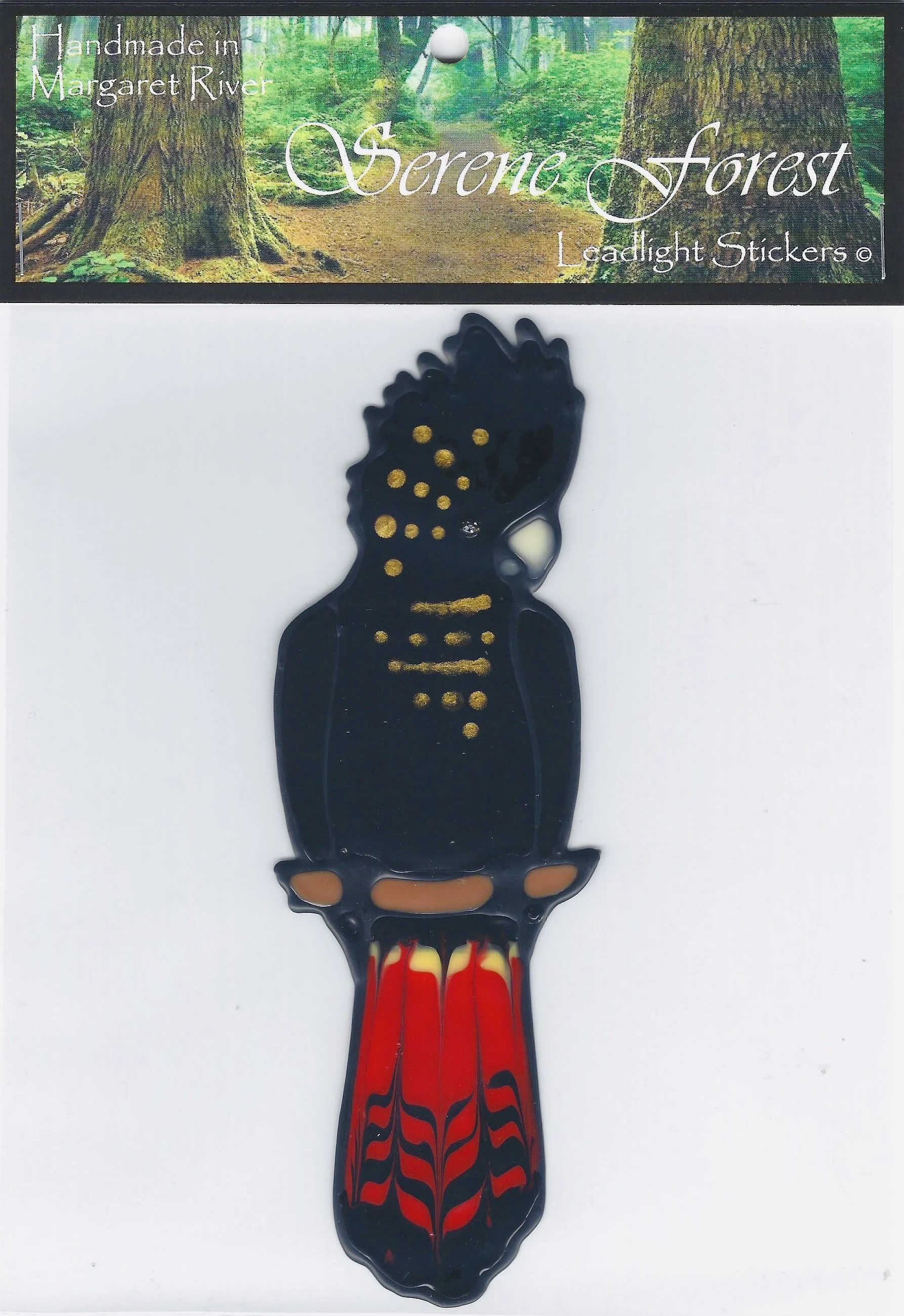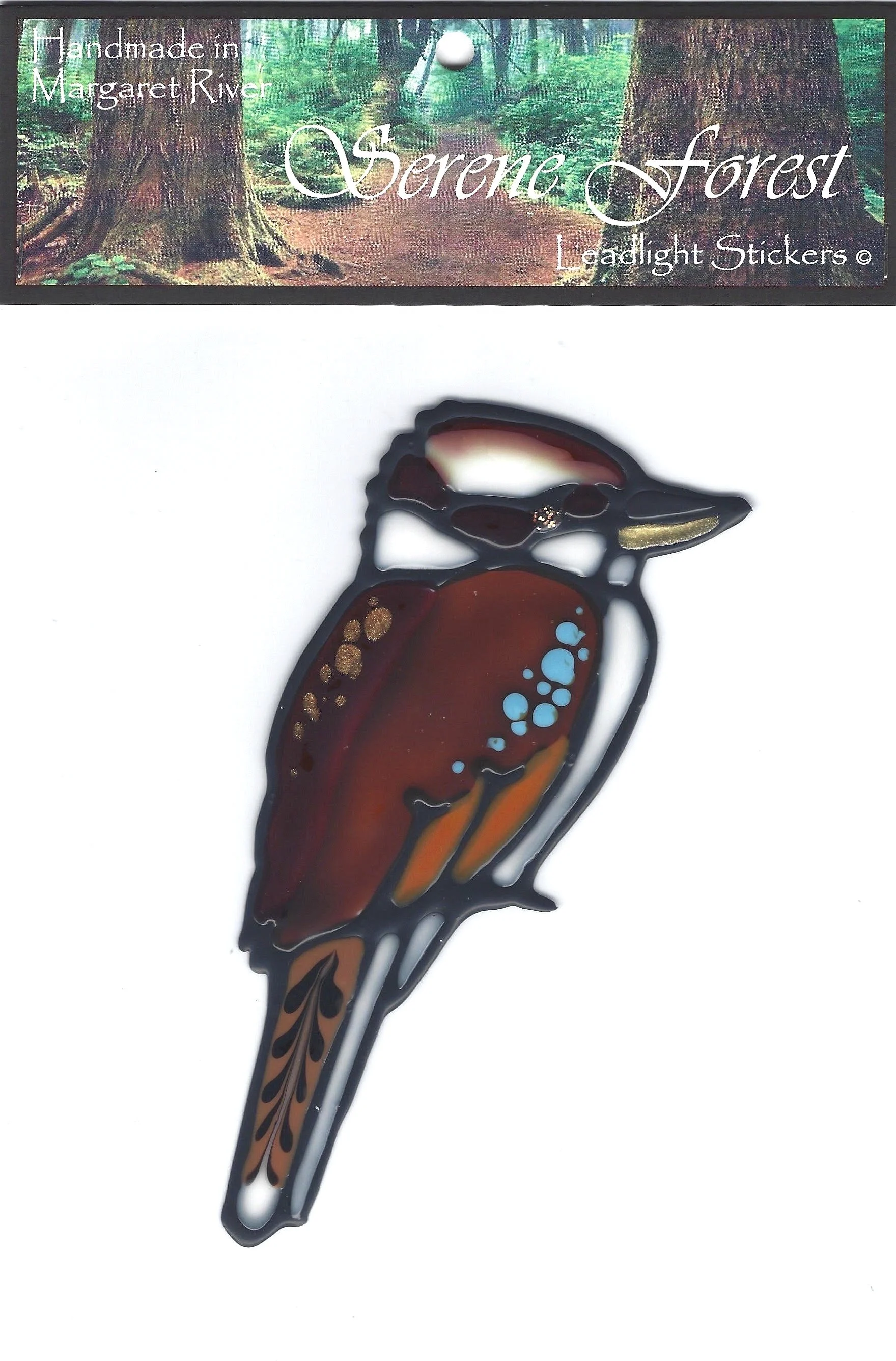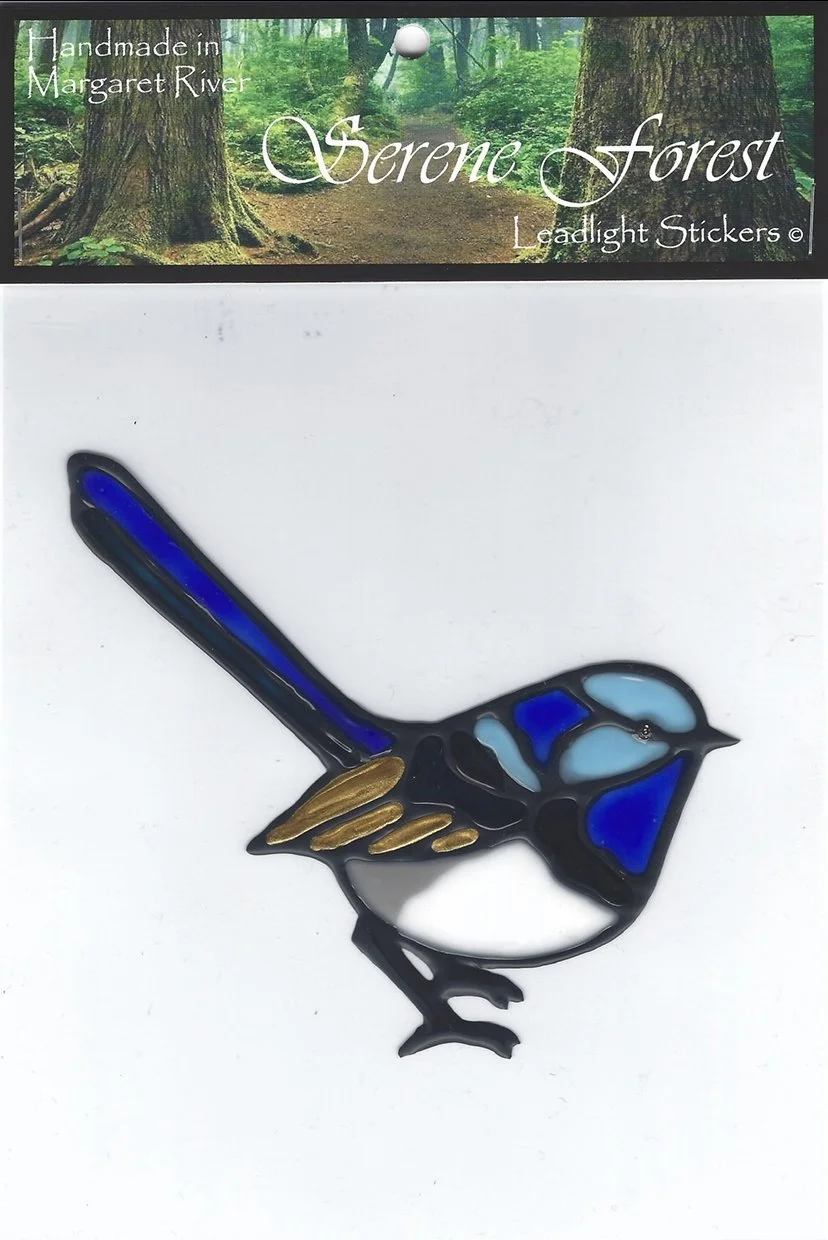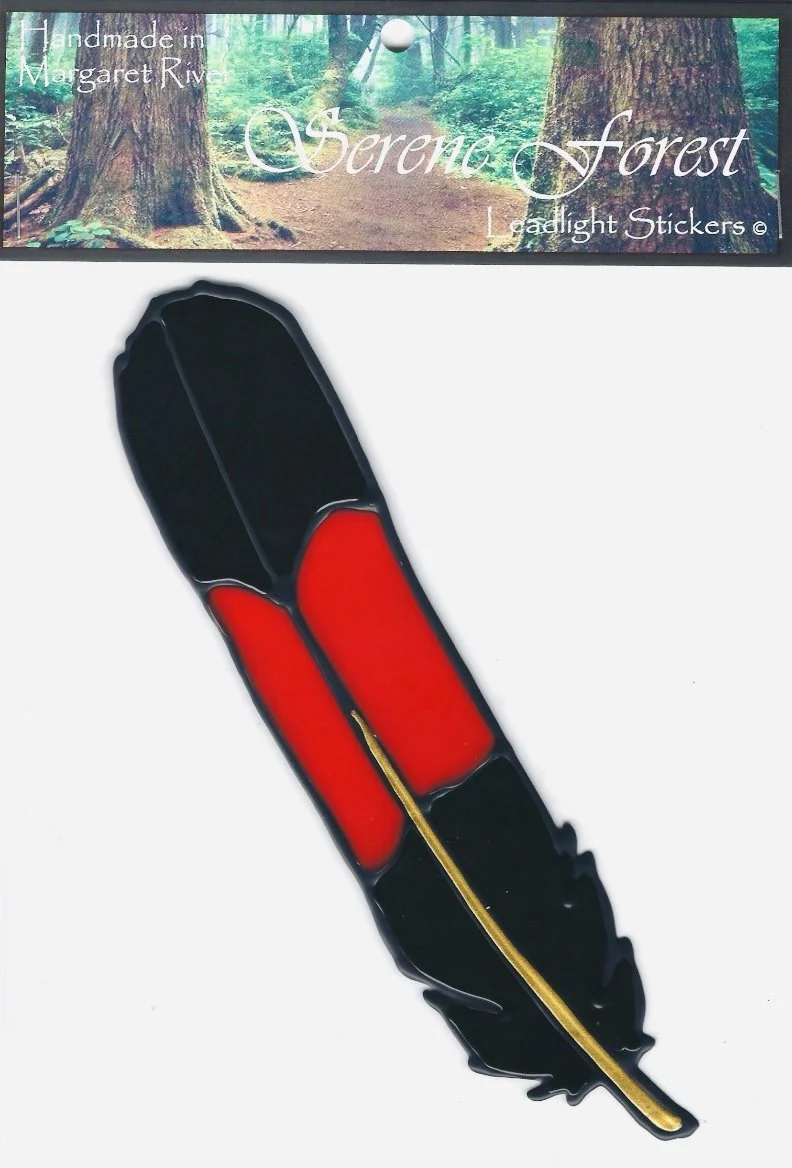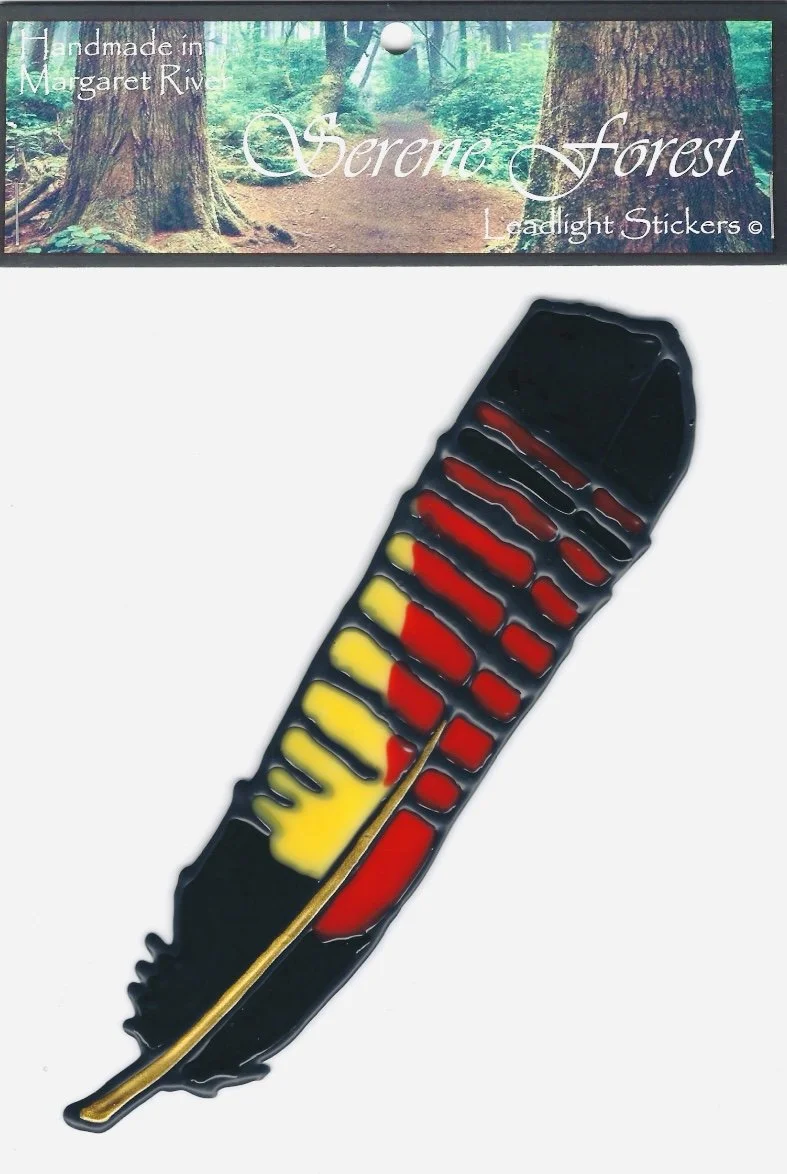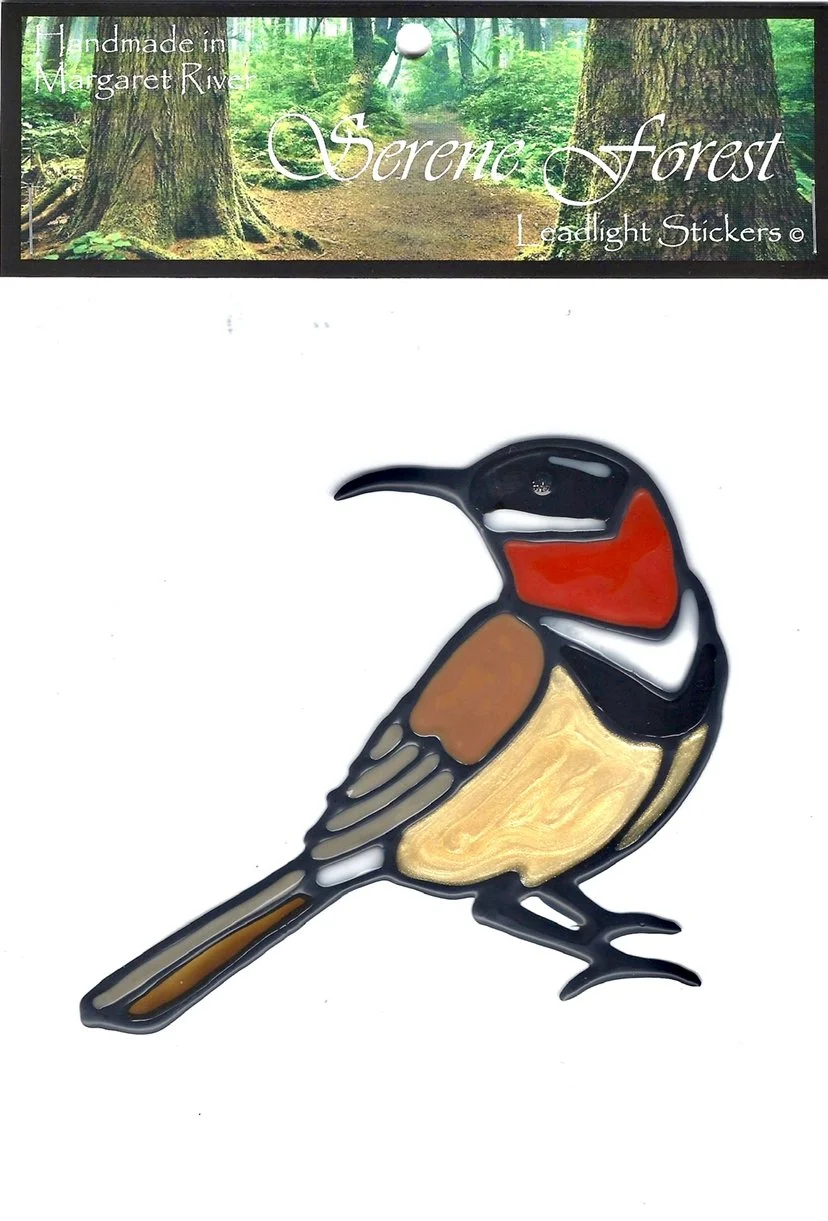
Splendid Fairy-Wren
Splendid Fairy-wrens live in communal blended families. This matriarchy is run by one single female, the mother. Dad is the only breeding male, and the rest of the flock can contain up to six helpers, including adult sons born in previous seasons.
These social wrens usually live in the same area all year long. Raising the chicks together is a way for these little neighbours to bond.
Red Winged Fairy Wren
Small bird with a very long blue-gray tail held cocked, found in wet areas with dense vegetation in southwestern Western Australia. Bearing a narrow pointed bill adapted for probing and catching insects, the Red-winged Fairywren is primarily insectivorous; it forages and lives in the shelter of scrubby vegetation in temperate wetter forests dominated by the Karri , remaining close to cover to avoid predators. Like other fairywrens, it is a cooperative breeding species, with small groups of birds maintaining and defending small territories year-round. Groups consist of a socially monogamous pair with several helper birds who assist in raising the young. There is a higher proportion of female helpers recorded for this species than for other species of fairywren. A variety of vocalisations and visual displays have been recorded for communication and courtship in this species. Singing is used to advertise territory, and birds can distinguish other individuals on song alone.
Red-Capped Robin
The male Red-capped Robin is black above and white below with a distinctive scarlet-red cap, white shoulders, and a red breast that contrasts strongly with a black throat. The black wing is barred white and the tail is black with white edges. Females are quite different in appearance: grey-brown above and off-white below, with a reddish cap, brown-black wings barred buff to white, and some have faint red on the breast. Young birds are similar to females but are streaked white above, have an pale buff wing bar and their breast and sides are streaked or mottled dark-brown.
New Holland Honeyeater
The New Holland Honeyeater is one of Australia’s most energetic birds. Fueled up on high-energy nectar taken from the flowers of banksias, eucalypts, grevilleas and other trees and shrubs, they are always active and pugnacious. Whether they are dashing in pursuit of a flying insect or chasing other Honeyeaters away, the New Holland Honeyeater is seldom seen sitting still. One of their more unusual activities is to conduct ‘Corroborrees’, where up to a dozen birds congregate and noisily display together, fluttering their wings.
Firetail Finch
These birds spend much of their time on the ground eating seed they inhabit woodland area’s with open scrub and grassy plains. In Western Australia, they are found in the Kimberley Division and Pilbara Region in the north south to Carnarvon.
The Red-Tailed Black Cockatoo
The red-tailed black cockatoo is a large black cockatoo native to Australia. Adult females have bright red and yellow panels on their tails and speckled patterns on their head and chest. Male red tails are solid black with the characteristic red and black panels on their tails that gives the species its name. They are slow to reach maturity and live for an average of twenty years in the wild, however they have been known to live up to fifty years in captivity.
Kookaburra
The Laughing Kookaburra is instantly recognizable in both plumage and voice. It is generally off-white below, faintly barred with dark brown, and brown on the back and wings. The tail is more rufous, broadly barred with black. There is a conspicuous dark brown eye-stripe through the face. It is one of the larger members of the kingfisher family.
Laughing Kookaburras are believed to pair for life. The nest is a bare chamber in a naturally occurring tree hollow or in a burrow excavated in an arboreal (tree-dwelling) termite mound. Both sexes share the incubation duties and both care for the young. Other Laughing Kookaburras, usually offspring of the previous one to two years, act as 'helpers' during the breeding season. Every bird in the group shares all parenting duties.
Pink & Grey Galah
Galahs are one of Australia’s favourite birds. You can see Galahs in almost any part of Australia, mucking around, playing, squawking and having fun.
Galah pairs share the nesting and parenting duties of their offspring, and baby Galahs stay with their parents for months or years. Galahs are monogamous and mate for life. The male Galah chirps and screeches in an effort to impress the female while courting. Galahs make their nests in hollow parts of trees – in spring it is not uncommon to see adult galahs entering or renovating hollows.
Barking Owl
There is something magical, mysterious and alluring about owls. The Barking Owl inhabits drier woodland and forest type zones, often in edge habitats nearing watercourses such as creeks. The barking owl is common in its northern range (Northern Territory and Far-North Queensland) but is becoming less common along the Eastern and Western coasts of Australia.
Superb fairywren
Adult male Superb Fairy-wrens are brightly coloured, especially during the breeding season. They have rich blue and black plumage above and on the throat. the belly is grey-white, and the bill is black. They are located south of the tropic of Capricorn in parks, gardens and open woodlands through Eastern Australia and Tasmania to the southeastern corner of South Australia.
Red tailed black cockatoo feather (Male)
The red-tailed black cockatoo has cultural significance for indigenous Australians. In many aboriginal cultures, the bird is seen as a symbol of strength and resilience. The black cockatoo’s red tail feathers are also highly valued and are used in traditional ceremonies and as a decorative item.
Red tailed black cockatoo feather (Female)
The red-tailed black cockatoo has cultural significance for indigenous Australians. In many aboriginal cultures, the bird is seen as a symbol of strength and resilience. The black cockatoo’s red tail feathers are also highly valued and are used in traditional ceremonies and as a decorative item.
Western Spinebill
The western Spinebill is a small honeyeater with a slender curved bill. They are found in the shrublands and forests of far southwestern W.A. The male of the species is brightly coloured and is renowned for being a fierce protector of his territory, in a vertical display flight with a distinctive high pitch song. Largely nectar feeders their long curved bills are well adapted to feeding from tubular flowers. They help to pollinate native plants and create a more connected ecosystem throughout the landscape.
Willy Wagtail
The small black and white willy wagtail is hard to miss. It has a long-fanned tail that it swings from side to side or up and down while foraging on the ground. The distinctive white eyebrow of the male wagtail is not just a fashion statement, it helps him attract a mate. Rival males show aggression by expanding their eyebrows during a territorial dispute. Indigenous Australians believe the willy wagtail to be a gossiper who eaves dropped around the camps. In the Kimberly of Western Australia legend has it that the birds would tell the spirit of the dead if anyone spoke badly of them.





